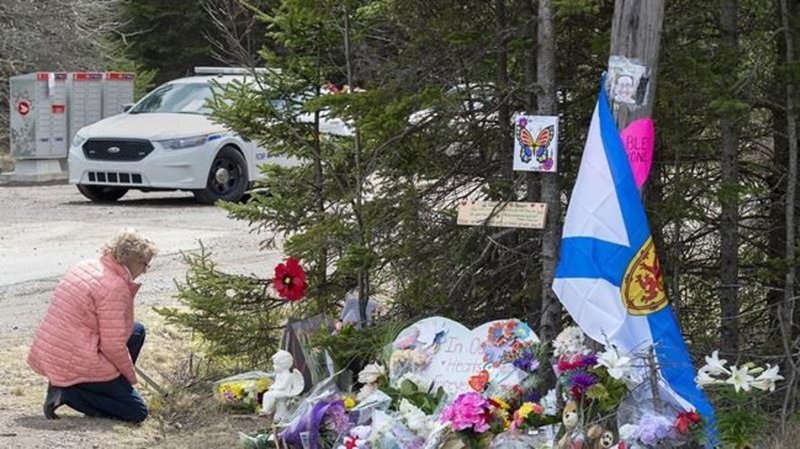
‘We were 100 per cent sure.’ Mounties mistakenly thought N.S. gunman had shot himself
HALIFAX — It is one of the most perplexing aspects about the mass shooting in Nova Scotia that claimed 22 lives: after killing 13 people in Portapique, N.S., late on April 18, 2020, the killer decided it was time to rest for the night.
That decision may have helped him avoid capture for much of the next morning, as there is evidence to suggest police assumed the shooting had stopped because the killer had taken his own life somewhere in the woods inside the rural community.
“The narrative going around, particularly through the police radios, was an assumption that he probably killed himself,” said Michael Scott, a lawyer whose firm represents families of 14 of the 22 victims. “The problem with that kind of assumption is that it can have a real impact on how they’re proceeding from that point.”
On Wednesday, the commission of inquiry investigating the case is expected to release a document describing what happened immediately after the killer, Gabriel Wortman, left the rural enclave at around 10:45 p.m., driving a replica RCMP cruiser and disguised as a Mountie.


